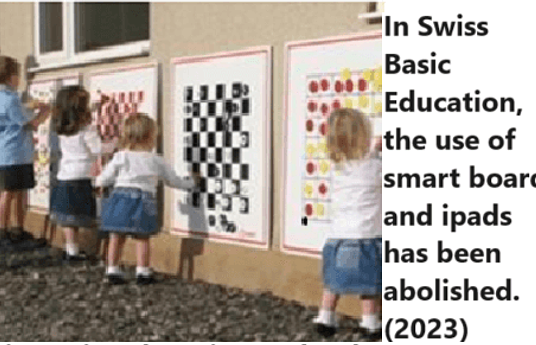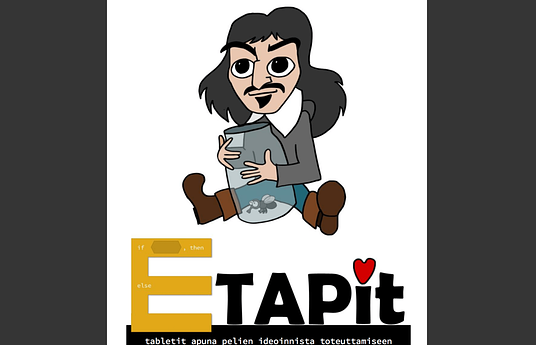Classes are traditionally assigned according to age. However, at home siblings of different ages learn naturally from each other and later in life when we enter the workplace we collaborate with people of all ages. So why do we always teach children in groups divided by age?
By encouraging different aged students to work together, we can help our school communities be more cohesive. Older students feel like they are making a difference in the lives of younger students, while younger students gain positive role models, support, and friends from the older students.
Peer learning is when students teach and learn from each other, and can help students take ownership of their own learning, increasing motivation. The combined knowledge and skills of different aged students increases the potential for creative solutions to problems.
In this model students from different years take control of the learning process by planning their own lessons, creating their own presentations, and through teaching each other. The model can be used to teach several classes of students on topics included in the national curriculum which are phenomenon based.
These kinds of student-centered activities develop students’ collaborative skills such as brainstorming, decision-making, and planning and negotiating skills. Students learn how to collaborate on projects with others, as well as how to work independently on different areas and phases of the projects.
The criteria for choosing the topics for the project are that students are interested in them, and that they support collaboration and cooperation between teachers. Through this method co-teaching becomes natural and it can lead to new possibilities for education.
This innovation is a result of a two-year development project in Jyväskylä. The resulting best practices will be disseminated in the area’s schools.
One of the observations of the project is that while they are planning and implementing projects together, teachers will get new ideas from each other. A central focus of the projects has been the Finnish objectives of broad-based learning which include communication skills, digital skills, and everyday skills such as self-care and wellbeing.



